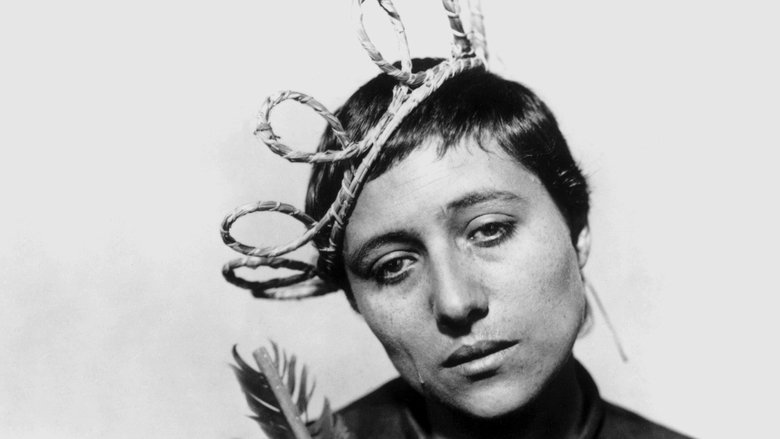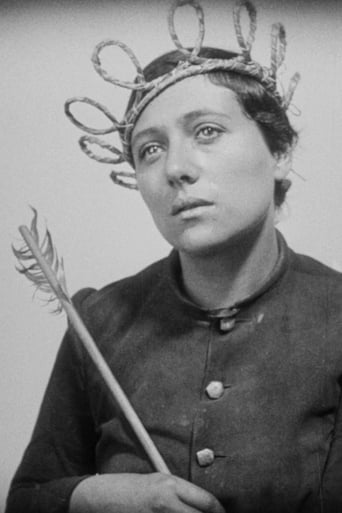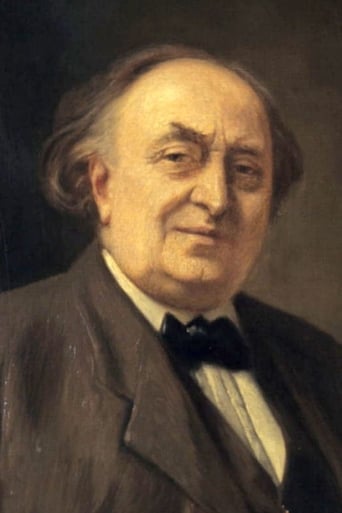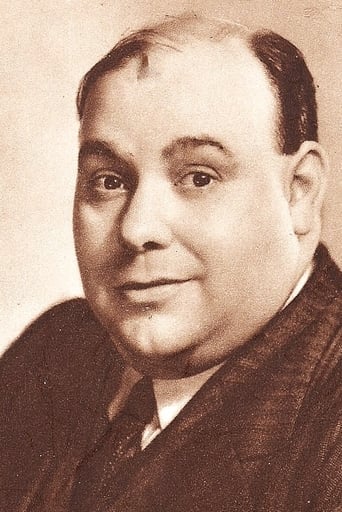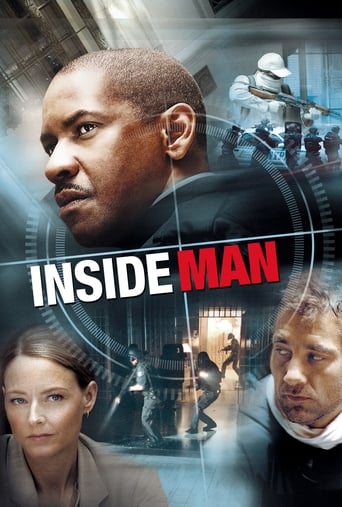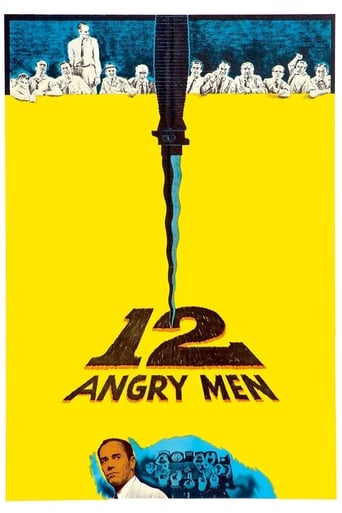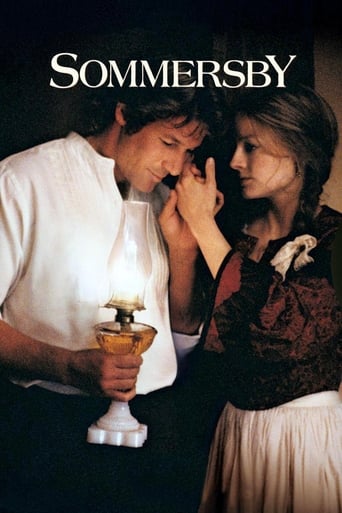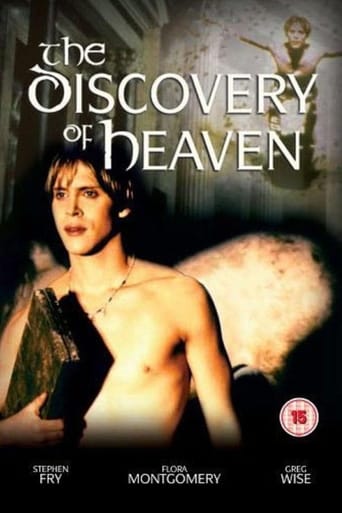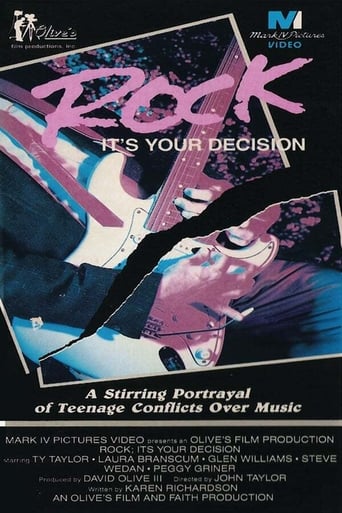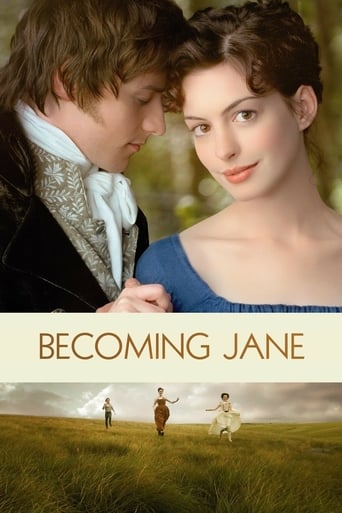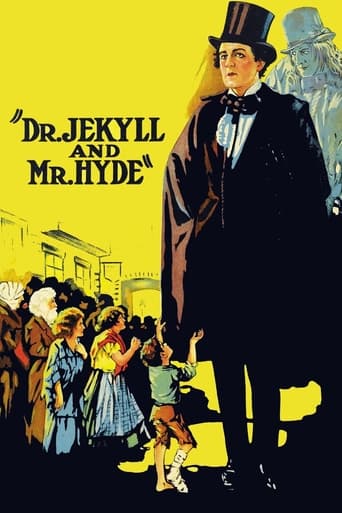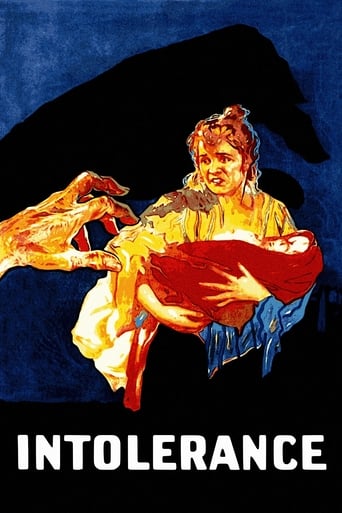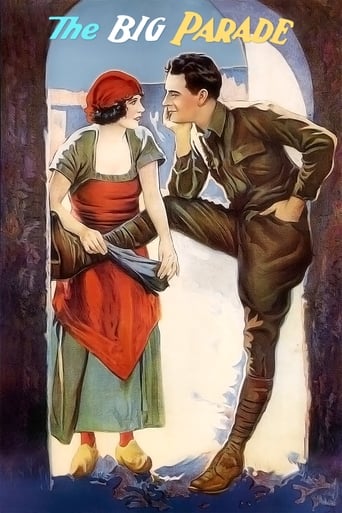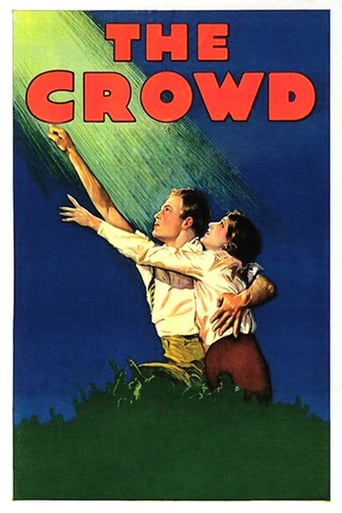The Passion of Joan of Arc (1929)
A classic of the silent age, this film tells the story of the doomed but ultimately canonized 15th-century teenage warrior. On trial for claiming she'd spoken to God, Jeanne d'Arc is subjected to inhumane treatment and scare tactics at the hands of church court officials. Initially bullied into changing her story, Jeanne eventually opts for what she sees as the truth. Her punishment, a famously brutal execution, earns her perpetual martyrdom.
Watch Trailer
Free Trial Channels
Cast


Similar titles
Reviews
Really Surprised!
The film makes a home in your brain and the only cure is to see it again.
One of the best movies of the year! Incredible from the beginning to the end.
Great movie. Not sure what people expected but I found it highly entertaining.
Director Carl Theodor Dreyer created a unique experience with this film, employing low camera angles, unique editing, and a ton of tight shots on his actors to get an intensity of emotion from them, Maria Falconetti (as Jeanne d'Arc) in particular. The story focuses on just her trial and execution, which has the advantage that it makes the film taut and Kafkaesque, but the disadvantage that additional context would have told a richer story. Do we really see Jeanne d'Arc here? I'm not so sure, historical transcript notwithstanding, though I did find it fascinating that she refused to change out of her men's clothing. While performances are strong and the film is ahead of its time, the content is dark, and not particularly uplifting, especially if you're a non-believer. There is of course a universal theme in a righteous person standing up to persecution - being mocked, threatened, and tortured - but at the end of the day, it's simple Jeanne, believing she was sent by God, standing up against the established clergy, who, threatened by her assertions, believe she was sent by the Devil. The film never ponders whether both may be deluded, and concludes with her soul being protected by the flames as it rises to heaven. Watch this one for Dreyer's craft and Falconetti's performance.
A movie mostly made of close-ups of raw, naked faces-- it is astonishing how much a filmmaker can achieve with so little, but The Passion of Joan of Arc is one of the finest films of the last century. To repeat why would be a waste of time, because you have likely read review after review about Falconetti's marvelous acting, the camera angles, the lighting, everything.Forget modern religious propaganda like The Passion of the Christ or the God's Not Dead series-- THIS is what a religious movie should be like! In all of Gibson's gore, there is not a moment like Joan at the threshold of the torture chamber, terrified, wavering, but resilient and trusting in her God. This isn't about a victim complex meant to paint the rest of the world as evil and the sympathetic viewer as morally superior to everyone else; it is about what it means to have faith in the face of persecution, persecution not by straw-man atheists, but by corrupt church officials more interested in earthly affairs than divine love. We never see God anywhere but in Joan's eyes, and even then, sometimes she is searching, fearing she is frightened and alone. And Joan's uncertainty but ultimate triumph is part of why this is one of the most emotionally involving films of all time.
Part of what makes The Passion of Joan of Arc so bold and unflinching, for its time and its current state in cinema, is, much like its titular subject, how battered, beaten, and kicked around it has been in order to get where it is today. This is a film that, from its very inception, was a controversial subject that clerical authorities didn't want to be seen by a wide audience, for its portrayal of religion and politics. Nonetheless, writer/director Carl Theodor Dreyer pushed forward in a direction for a film on Joan of Arc that detailed the gap between religion and politics, in addition to insights into the complex of the fragile male ego that boasts assimilation and manipulation. After the completed and finalized print was lost in a fire, it was doubtful that a print even close to the original would ever resurface until one was discovered in a mental institution in Oslo, Norway in the 1980's. After some cleaning up and polish was added, the film was restored into an eighty-one minute cut, which is said to be very close to the original film's length and structure.Dreyer's focus in The Passion of Joan of Arc was precisely what the title suggests; an intimate and often harrowing portrayal of the agony the French heroine (played ever-so tenderly by Renée Jeanne Falconetti) endured following her unfair trial after the Hundred Years' War. Dreyer sees no point or purpose in showcasing sweeping battle sequences nor does he see it fit to detail Joan of Arc's story in a series of "greatest hits" moments that ultimately ends in a corrupt sentencing. Instead, Dreyer places us, the audience, in an awkward position throughout; we are practically voyeurs into the trial and sentencing of Joan of Arc, who we witness subjected to enough physical and mental torment to shatter one's entire self-worth. As she takes a stand for her faith and her beliefs of her own personal sainthood and relationship with God, she is bludgeoned and abused by an all-male jury and various authorities before being sentenced to death by being consumed by fire.The Passion of Joan of Arc can be viewed in two basic forms; in its original form, with no dialog, or a modified, Criterion Collection version that adds accompanying orchestration from Richard Einhorn called "Voices of Light" (which was my audio-track companion) throughout the film. Einhorn's score provides well-timed parallels in sound and musicality to events transpired on-screen, and the symphonic blend of instruments at various times adds to the cacophony of emotions and tones throughout the picture in a way that wouldn't be as impacting, I feel, with an empty audio-track. Dreyer's film has far too much potential for impact to be viewed in complete and utter silence.Dreyer's decision to focus largely on facial expressions and the facial personalities of characters almost overshadows the complex work of his and Rudolph Maté's in the cinematography department. At the time of its release, The Passion of Joan of Arc erected one of the most expensive and immaculately detailed film sets in the history of cinema, with its construction of the famous Rouen Castle taking most of Dreyer's seven million franc budget on the film. Having said that, the detail in the background of the film is almost as important as the detail in the foreground, with hulking walls and set architecture towering over the characters in the film like a bitter and obvious presence. The walls are nothing more than helpless witnesses to the atrocious treatment of a very confident woman; so confident she makes her male counterparts squirm with inferiority and fear.Out of eighty-one minutes, probably a good forty or forty-five are Dreyer's camera lingering and depicting the facial and emotional reactions of Joan of Arc. Dreyer allows us to zero in on Joan of Arc's emotional responses as a way of peeling back the events of this film and revealing a tender, more human side that can often get lost in the shuffle. This is also likely why Dreyer forgoes the conventional battle sequences the Hundred Years' War practically loans itself to on film; it doesn't work to detail the kind of grounded human interest in the film.Finally, there's the concept of male ego that Dreyer subtly explores here. Consider how manipulated Joan of Arc becomes shortly after allowing herself to be tried for blasphemous remarks about her alleged sainthood and her relationship with God. Her trial was never intended to be fair, but instead, a circus for masculinity to triumph over a defenseless woman who was never going to be heard out on anything she had to say. As a result, the males of the court room decide to shame her, cutting off all her hair and physically and mentally abusing her in a barbaric manner that shows little else besides dominance over the meek and powerless in a cruel situation.The result is a heartbreaking film that grabs you with an all-too-real depiction of a time period frequently obscured by the lingo of textbooks and droll college lectures thanks to Dreyer's human approach and intimate focus on facial expressions and steadfast realism. It's only fitting that The Passion of Joan of Arc endured such a brutal life trying to gets its message out to a wide audience; it perfectly replicates the struggle and fight of its titular character.Starring: Renée Jeanne Falconetti. Directed by: Carl Theodor Dreyer.
This movie, restored for the present day, is visually appealing to the modern viewer. The portrayal of Joan with bright, open eyes stirs up a variety of feelings. It also gives off the vibe of mystique and wisdom well beyond her years, a girl ground in her conviction, always cornered by dark forces in the room, yet remains a light.It is rather confusing with no back-story,as not everyone grantedly knows the story of Joan of Arc. But like any passion play, the purpose is not so much the circumstances to the setting, but the actions and reactions of the people in the moment.I found the film very ahead of its time in many aspects. Then dark tone in soon time became the staple of this director. The imagery of death and torture, though not graphic, seems graphic, and gives an illusion of terror in a way that may have seemed taboo in the more conservative 30's,40's, and 50's film making. The age old battle of clericalism vs. authentic faith and the centuries old account of Joan of Arc, are told through this near-90 year old movie that has a very modern feel. It has a timeless quality rare for an old movie. I do not think it ranks as high as the historians and students of film proclaim it. But is a must-must-see for any appreciator of film and arts.


